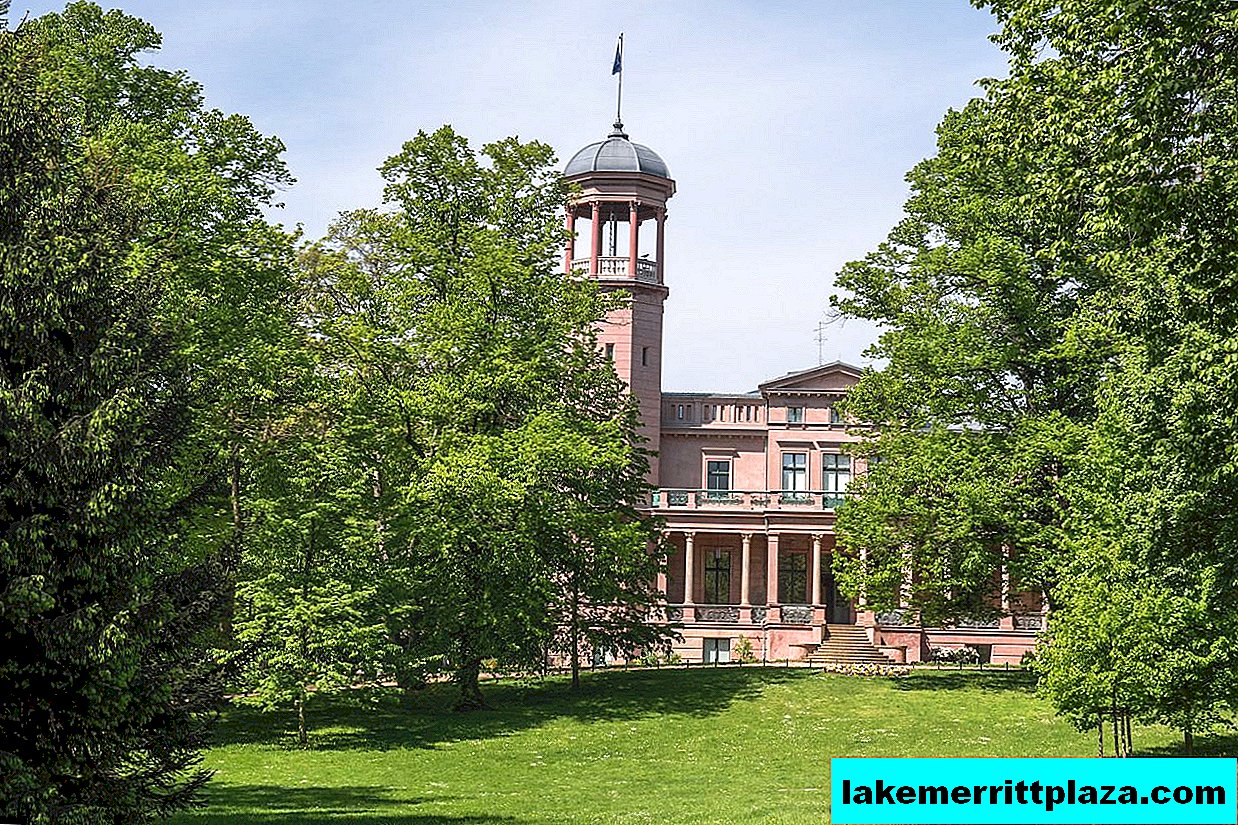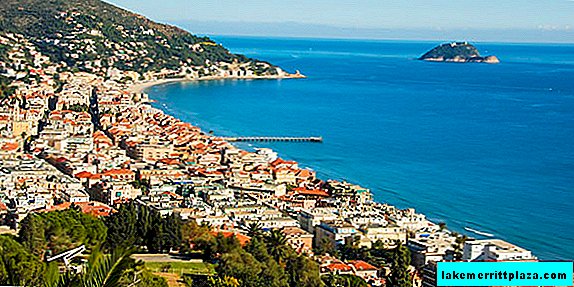A true gem among hundreds of sources in Rome is considered to be the Fontana di Trevi fountain. A large-scale and spectacular attraction rather resembles a scene from an ancient play, executed in stone, rather than a source of clean water. The convenient location and incredible beauty of the fountain daily attracts hundreds of visitors to the capital of Italy.
Story
The Trevi Fountain was built in Rome in the 18th century, but the background to its appearance looks so entertaining that it simply cannot be forgotten. Emperor Octavian Augustus (Latin Octavianus Augustus) and his comrade-in-arms Marc Vipsanius Agrippa (Latin Marcus Vipsanius Agrippa) in the 20th year BC started a large-scale reorganization in Rome. Among the many reforms, Marcus Agrippa proposed to the emperor to provide the capital with clean drinking water.
The Roman tribunes of Agrippa put a lot of effort into cleaning the city sewer and building a water supply. The newly built aqueduct received the romantic name Aqua Virgo (lat. Aqua Virgo) - "Virgin's Water". Its waters covered a distance of 12 kilometers in order to fill the cups of the ancient Romans with pristine clear water.

Until the beginning of the 17th century, on Trevi Square (Piazza di Trevi) one could quench one's thirst from a modest key flowing into a stone bowl. Pope Urban III decided to decorate the center of the capital with more impressive architecture. One of the greatest baroque masters of Italy, Giovanni Lorenzo Bernini, took up the design of the sketch of the new fountain.
Building
Bernini completed the initial design of the fountain, but the death of Urban III interrupted all work.
With the onset of 1700, sketches again saw the light of the day, Bernini's disciple Carlo Fontana began to work on them. Inheriting the baroque ideas of his teacher, Fontana framed them in a more restrained classical style. The architect enhanced the imagery of the original project by placing at the head of the fountain a powerful sculpture of Neptune and his servants.

Fontana died in 1714 and the erection of the building again stalled. Pope Clement XII announced a competition for the position of chief architect. During a heated struggle between sixteen eminent 18th-century architects, Nicola Salvi won. The winner was given a double task. On the one hand, he had to create something grand and impressive, and on the other hand, organically fit his project into the architectural look of Trevi Square.
Modern look
Having looked at Trevi Square, a modern person will surely perceive the Palazzo Poli Palace and the fountain as a single architectural ensemble. Nicola Sylvie did an excellent job with all the tasks. Well, in addition, under the guidance of the architect, sculptures of amazing beauty were created, filled with many images.

The construction of the fountain took as long as 30 years: from 1732 to 1762. During this time, against the backdrop of the Baroque palazzo of the Italian nobleman, a scene arose from the life of the lord of the depths. The embodied ocean, powerful and strict, breaks out from under the watery shroud on a chariot drawn by sea horses and newts.
The architect incredibly vividly managed to convey the movement in stone, the desire to reach the surface of the water. With involuntary bated breath, you wait for the water cavalcade to continue its forward movement with noise.

Statue of the sea god - represents waterwhich for so many centuries has brought its invigorating coolness to Rome. Behind Neptune's left shoulder, in the niche of the facade of the Palais Palace, is a statue of the goddess of Health. On the right, the company is her goddess of plenty. Both stone ladies modestly and with dignity meet the crowds of visitors eager to look at the main fountain in Rome.

Guests of the Italian capital flock to places of interest to enjoy breathtaking views. In addition, tourists perform the obligatory ritual - they turn their backs to the source and throw a coin over their shoulders. They say that throwing a metal coin at the feet of the goddesses can count on their favor.
Most often, travelers knocked down by the beauty of the fountain throw to the bottom of the source several coins: for good luck, hoping to meet their soul mate and, of course, to visit Italy and Rome again!
Fountain name
Regarding the name of the picturesque source, there are several versions of its origin. The most common opinion is that three major streets of Rome converge at Trevi Square. Latin experts say that the Italian "trevi" actually came from a distortion of the Latin "trivium", that is, the "three-way". The second legend says that a young maiden named Trivia managed to tell the builders of the ancient aqueduct the place where the key lies with drinking water.
Often, Russian-speaking tourists hesitate before asking for the address of the fountain. How to put emphasis: Trevi or maybe Trevi? The original inhabitants of Italy will correct the unlucky tourist with a smile: “Of course, it is correct to pronounce Trevi,” emphasizing the first syllable.
Interesting Facts
The Trevi Fountain is a record holder among his brothers across Italy. Its width reaches 20 meters, and the height in the center is 26 meters!

In addition to the impressive size, the man-made pond can be proud of the proximity to an old mansion. At one time, the Palazzo Poli was chosen by the Russian nobility. In particular, Princess Zinaida Alexandrovna Volkonskaya rented the second floor of the palace in the 30s of the XIX century. At this address in Italy she was visited: Nikolai Gogol, a couple of the Bryullovs, Fedor Bruni, Mikhail Pogodin and other representatives of the art world.

Being one of the most popular places in Rome, the fountain di Trevi can often be seen on postcards, photographs and videos. The fountain played its most striking role in the film "Sweet Life" (La Dolce Vita) directed by Federico Fellini.
The symbol of Italian cinema Marcello Mastroianni (Marcello Mastroianni) and the life-saturated blonde Anita Ekberg (Swede. Anita Ekberg) played a hot scene in the icy water of the January di Trevi.
Director William Wyler also resorted to the fountain, filming Audrey Hepburn (Eng. Audrey Hepburn) and Gregory Peck (Eng. Gregory Peck) against the background of various beauties of Italy. The rebellious macho Adriano Celentano demonstrated Rome in all its glory to overseas princess Ornella Muti in the movie Innamorato pazzo. Not the last place in this excursion was taken by the fountain in Trevi Square.
Reconstruction
Starting in June 2014, the fountain was officially closed; reconstruction began on Trevi Square. The reason for this was the general decay of stone structures, daily undermined by water and an influx of tourists. Especially since The previous restoration of the site took place 125 years ago! An alarm bell sounded in 2012, when magnificent sculptures began to lose their parts, they needed emergency repairs.
By the way, daily guests of Rome threw into the blue waters of Trevi about one and a half thousand euros! Which is a good income, bringing in more than a million euros per year.
However, the restoration of the famous fountain interested Fendi fashion house. According to preliminary estimates, the amount needed to restore an art monument is 2 million 200 thousand euros!
Enterprising Italians decided not to deprive tourists of the opportunity to admire the grandiose Roman curiosity, despite the fact that the restoration is in full swing. The fountain was draped with transparent screens made of durable material. Everyone will be able to walk through special forests built above the source bowl. Of course, you will not be able to fully enjoy this corner of Rome, but all the inconveniences are a matter of time.
The reconstruction was expected to be completed by the fall of 2015, but as of October, the fountain was still without water. We hope for the opening of the New Year.
- Great news: From November 4, 2015 the fountain is working again! We invite you to admire the main sights of Rome at dawn in the company of lovers in the Eternal City of local residents.
BOOK AN EXCURSION
How to get there
The address where the famous Trevi Fountain is located: Italy, Rome, Trevi Square (Italy, Rome, Piazza di Trevi). You can get to this place using the metro, choosing line A. You should exit at the stops: Spagna or Barberini. Then, a short walk will lead the traveler straight to the square and the fountain.
- Find a hotel near the Trevi Fountain
- See an overview of apartments in Rome at the main attractions








